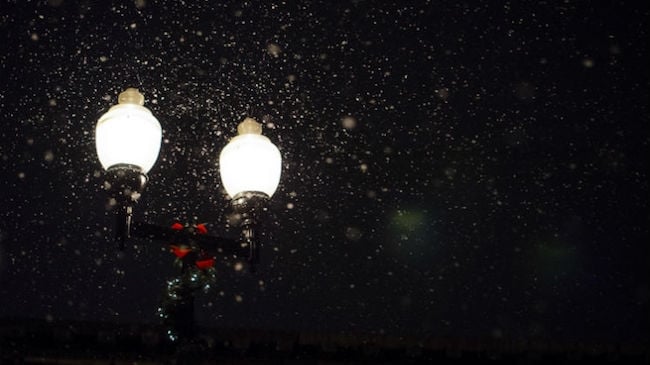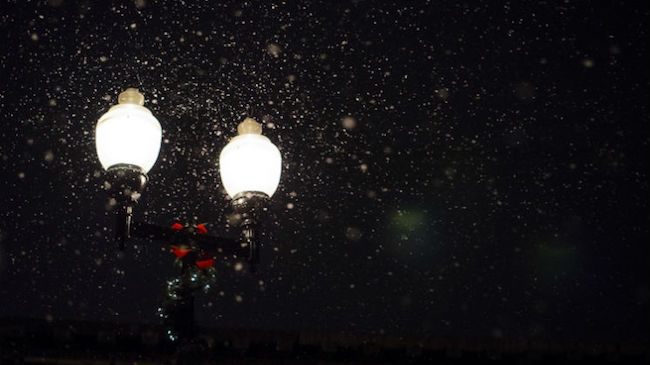
 The right light sets the scene
The right light sets the scene
For beginner filmmakers still learning the many ways lighting influences cinematic mood and style, there's a quick short-cut: movie trailers. By Demis Lyall-Wilson.
Audio Network is an independent music company, breaking down boundaries to deliver authentic and creative music solutions to content creators in every industry, all around the world. The company collaborates with over 750 talented composers and artists, and has over 100,000 tracks in its catalogue, carefully curated into albums and playlists in every imaginable genre, all easily discoverable via its website.
Lighting is by far one of the greatest artistic challenges of the entire filmmaking process. A well-placed light can transform a banal dinner scene into a table full of cut-throat criminals, or bring comedic levity into a shot where our hero is surrounded by horrors. Lighting is something most people in the audience barely notice or understand, despite feeling lighting choices quite deeply.
Trailers are a great way of understanding this. Seriously, go watch a few right now. Select several trailers from different genres, taking specific note of how various shots have been lit to enhance the film's mood.
For example's sake, take a look at these two: The Girl With The Dragon Tattoo (2011), and Neighbors 2: Sorority Rising (2016). Two very different films from very different genres, as the music and dialogue will quickly reveal. But now try this: turn your sound off and watch them both again. Even on single frames, the film's moods shine through in the lighting. One is quite broadly lit, full of colour, often lacking absolute shadow (even on the darkest frames). The other is edgy and dark, the shadows often all the way to black, with a high contrast between light and dark on even the brightest frames. It's quite clear which of the films is the bouncy comedy and which is the psychological thriller, even without hearing a single line of dialogue. Sure, their colour, composition, and editing are a huge part of this too, but it all begins with on-set lighting choices.
When it comes to employing light to create mood in your own work, there aren't any hard-and-fast rules. Every filmmaker as their own unique style—however after a century of visual storytelling, lighting theory has become quite well-defined. The reality of a film set is that you're often working with many lights, including the sun, so learning how to balance each of these to create a particular mood can be tricky. Fortunately, many have come before you who are now more than happy to share their tricks. Books such as this one by Blain Brown are a fantastic resource. Don't dismiss YouTube either: you'll learn some of the best mood tricks simply by checking out other filmmakers’ lighting methods there. This one is a particularly good introduction, though trying out these four setups too will be well worth your time.
As you'll quickly discover, the best way to learn the visual language of lighting is to set up your own tests. Even something as simple as this setup will teach you invaluable lessons in creating mood via lighting choices. Find a dark room, a single light, and a very patient friend, then start experimenting. Place the light in front. Then the sides. Then all the way around the back. Swing it the full 360-degrees around your subject, taking photos every few degrees, making note of your favourite angles for later use in your films.
Most of all, the best way to learn how to light a scene is to keep watching movies. Once you know how to read the lighting of a scene, your audiences will barely need to listen to the dialogue to know how you want them to feel!
Get started with incredible music – sign up to Audio Network to receive 10 free trial tracks to use in edits, pitches and layouts.
Demis Lyall-Wilson is a London-based writer, photographer, and Hollywood visual effects artist, who enjoys blowing up planets for cash (and a line in the credits). Follow him on Twitter: @demis
Tags: Audio



Comments